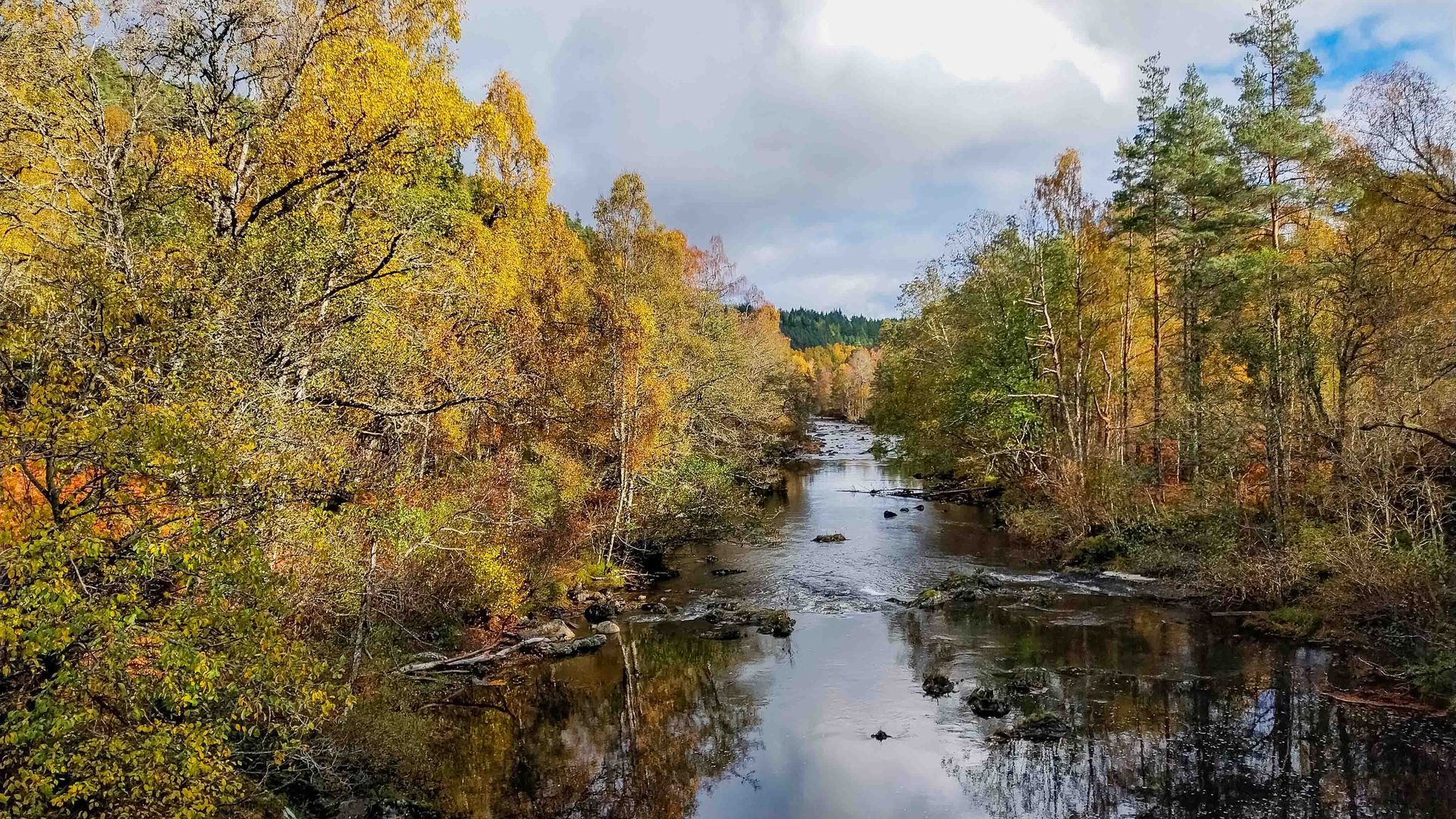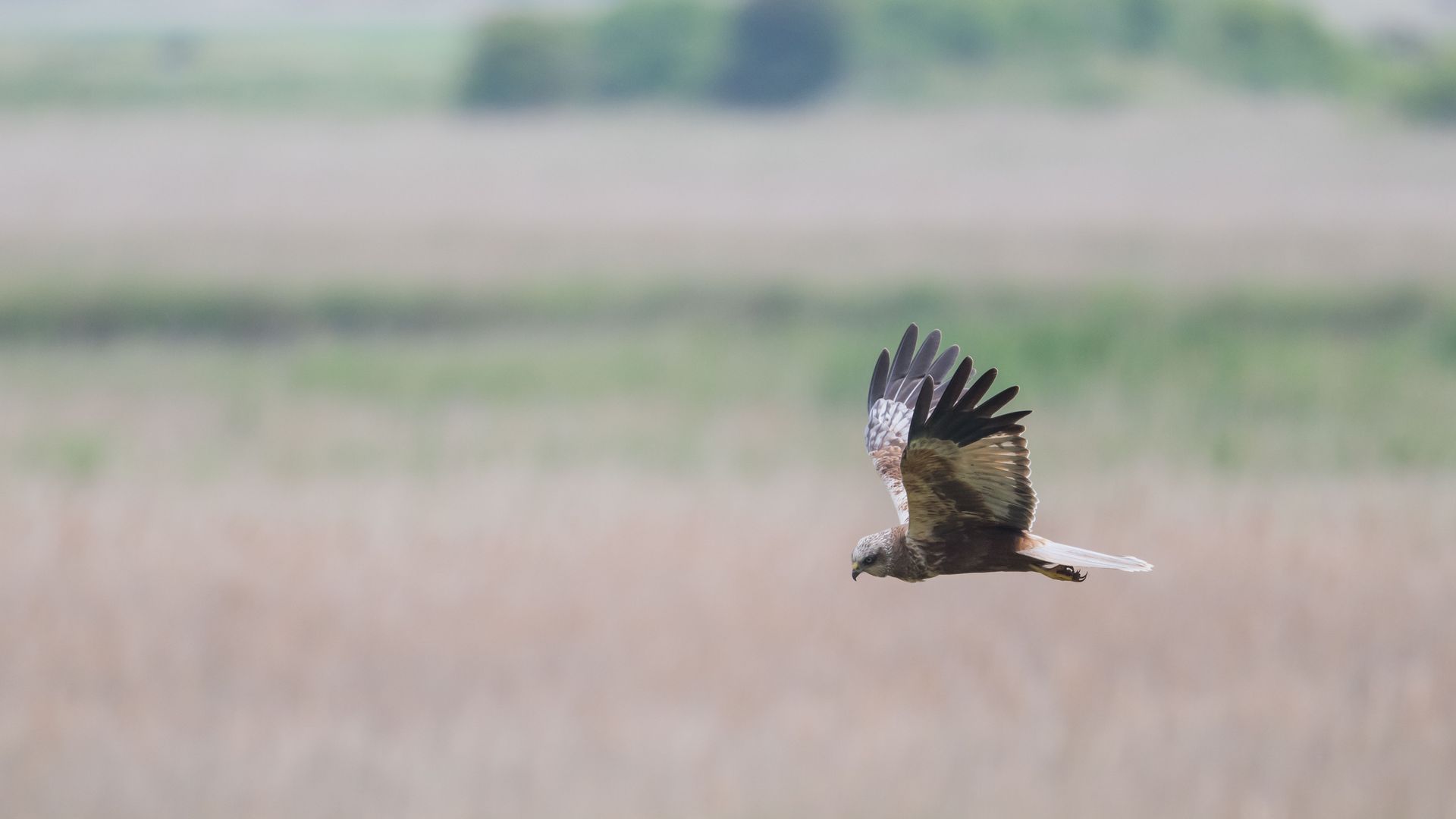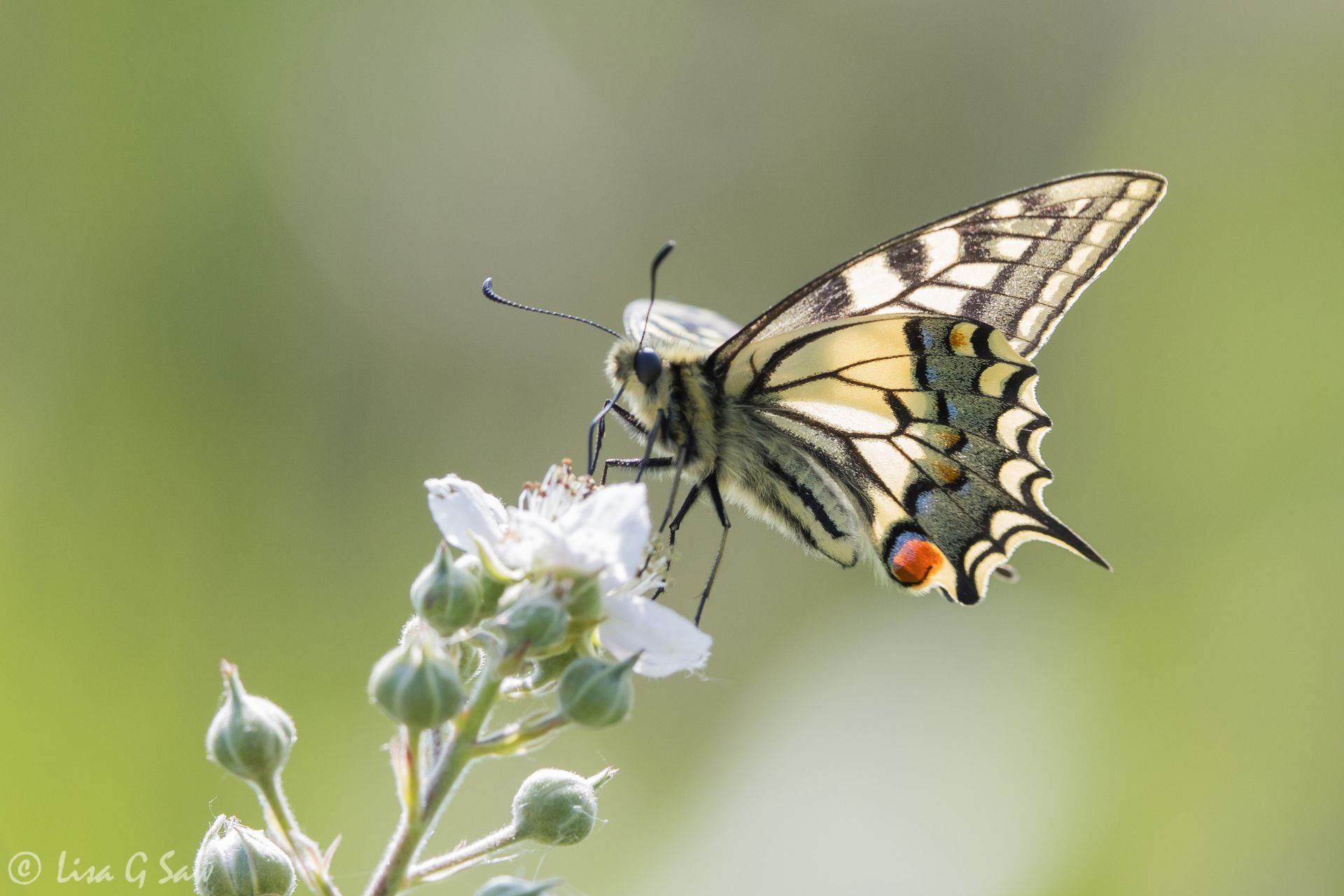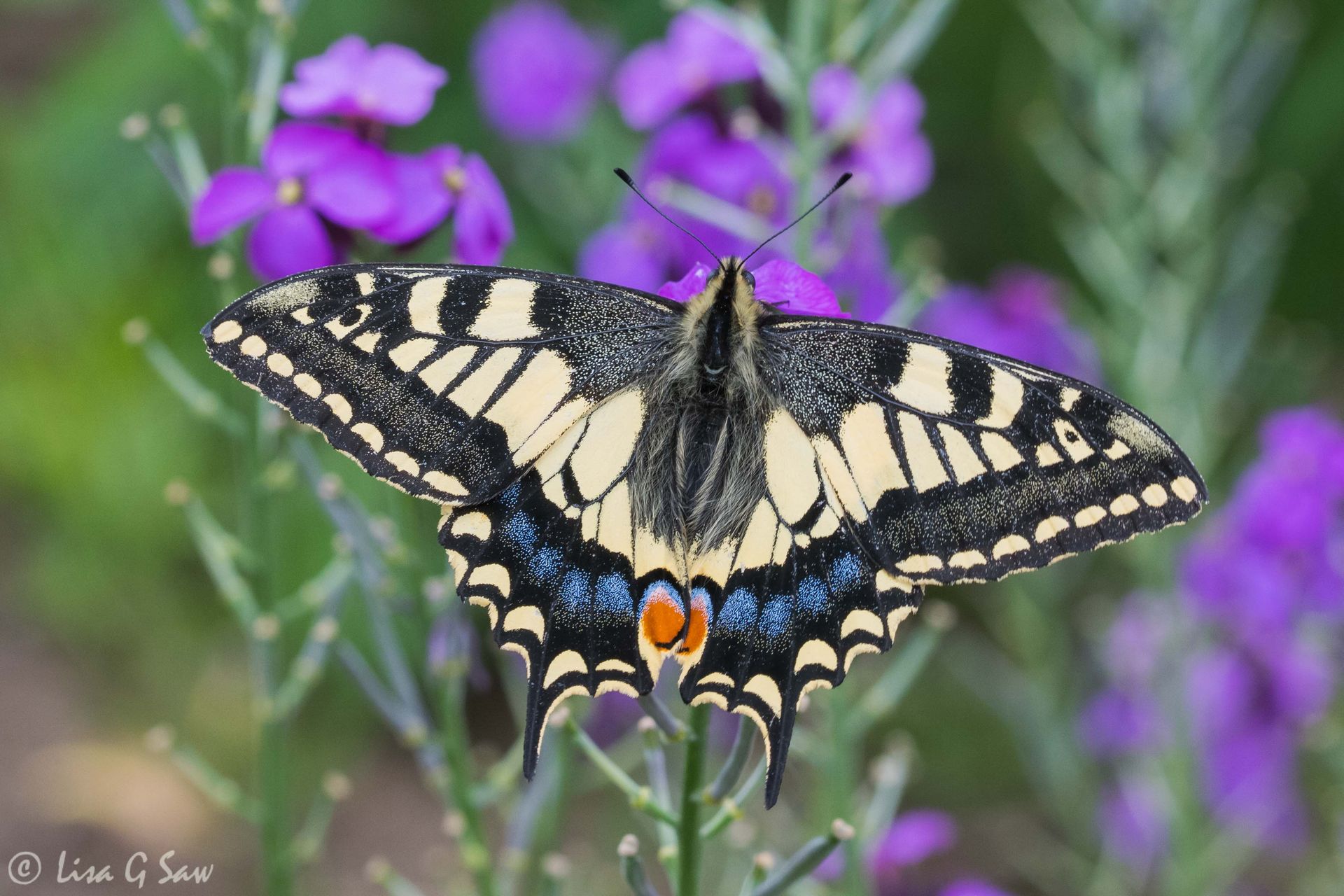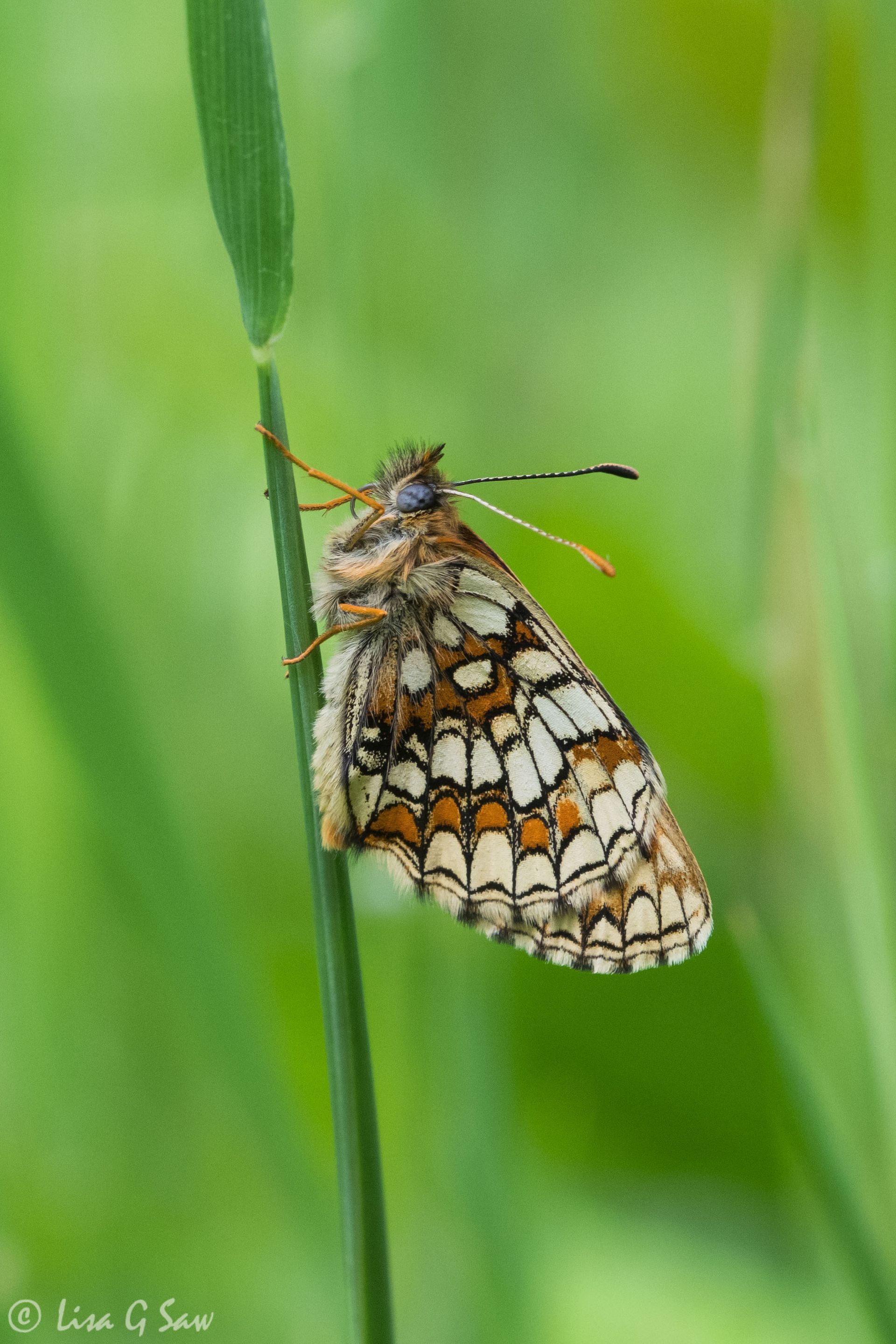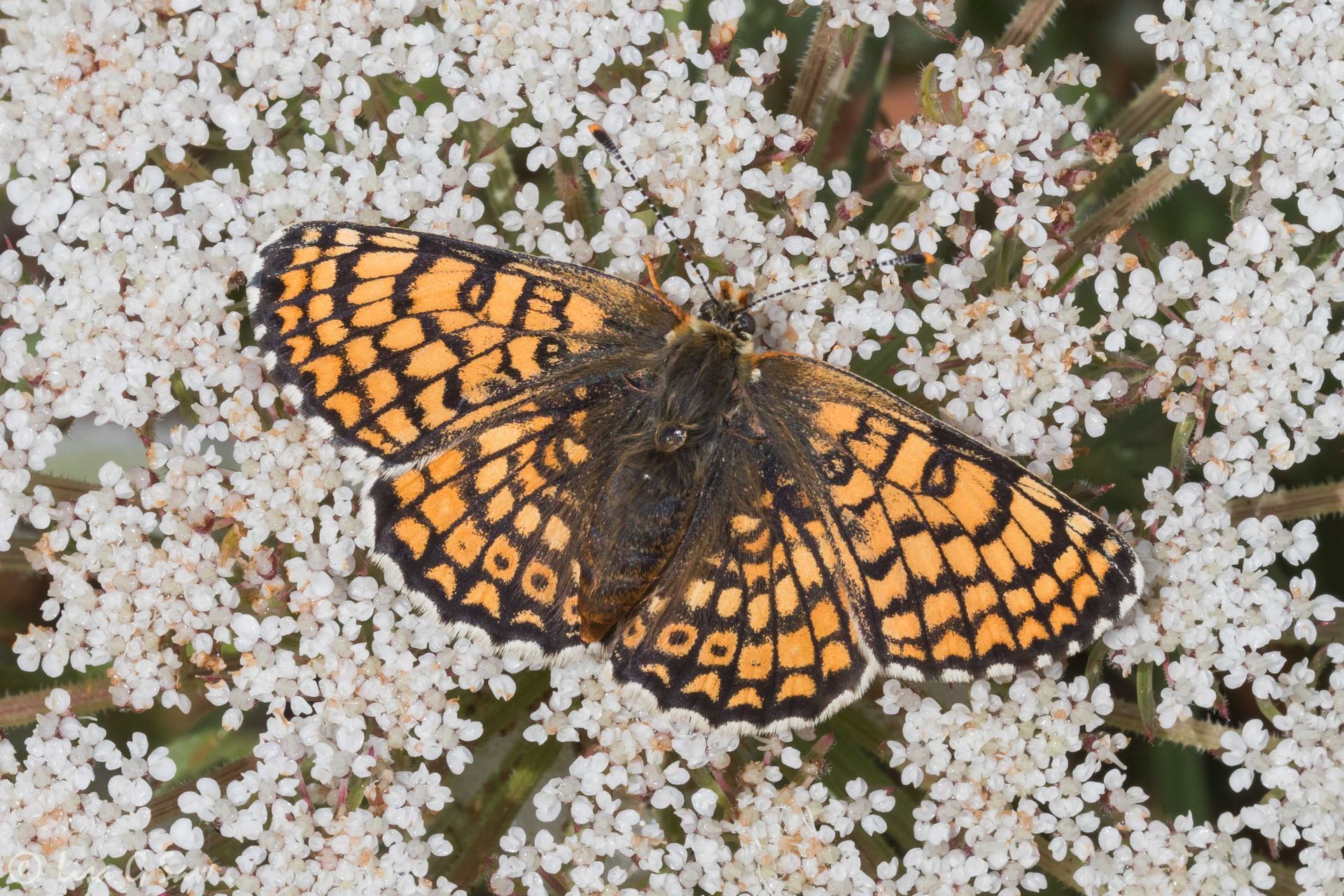By Lisa G Saw
•
November 23, 2025
This autumn Bob and I returned to the Highands, two years after our last trip to the area. With his son Matt and fiancée Emily now living there, it was a great opportunity to see them, enjoy some wildlife watching and spend time out in nature. The weather forecast for our time away was less than ideal, but we were determined to make the most of our visit, even if that meant wearing waterproofs most days! We stayed in two different self-catered accommodation in the Aigas Valley near where Matt and Emily live, on the west side of Loch Ness. It was lovely staying somewhere new and very picturesque, especially during the autumn. The only downside about the holiday was that I managed to hurt my back the day before leaving. It was very frustrating, but I didn't want it to ruin the holiday, so I tried to focus more on enjoying the experience of where we were and not worrying too much about the photography. That being said, I did use my camera on the first morning as a little test. On that first day, and on two subsequent days, we explored Glen Affric. It looked beautiful with the autumn colours (top and below). On every visit, we stopped at Dog Falls, where the picturesque River Affric tumbles and cascades over the rocks. For a stretch, a path runs alongside it, providing us with plenty of opportunities to stop and look out for any Dippers. As luck would have it, I did spot one very early on. It flew across the river to the far side and proceeded to bob up and down, periodically diping its head into the water looking for food. It was wonderful to have some time watching it, and keeping up with it as it worked its way down river. But eventually, it flew off and we lost sight of it. Unfortunately, it was to be our only Dipper sighting the whole time we were in these parts and none of the photos were worth keeping.
